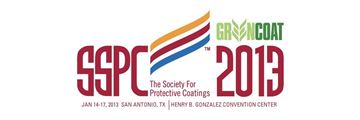Search
Chemical Reactivation of Exterior Decorative Aerospace Livery Coatings
Also Purchased
Introduction to Insulative Coatings: Application Case History
Product Number:
41213-754-SG
Publication Date:
2013
$20.00
A History Of Corrosion Improvement: Over the last few decades there has been significant improvement especially with automobiles.
Product Number:
41213-761-SG
Publication Date:
2013
$20.00
Adhesion Tests and Failure Modes Study on Structural Steel Coatings
Product Number:
41213-771-SG
Publication Date:
2013
$20.00




